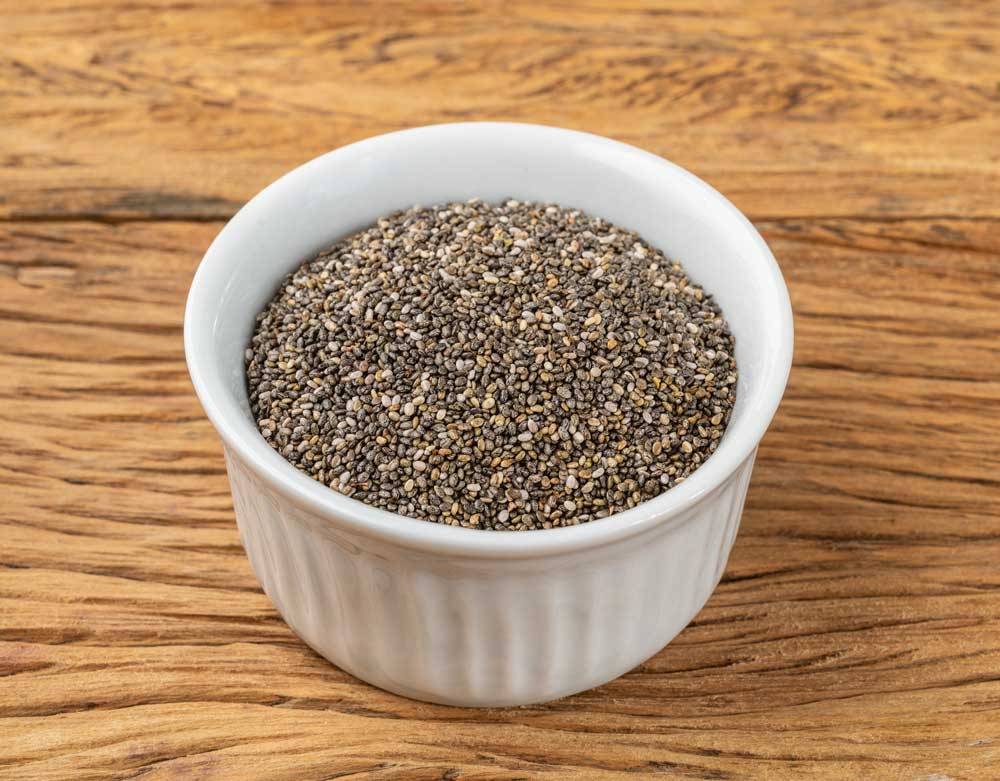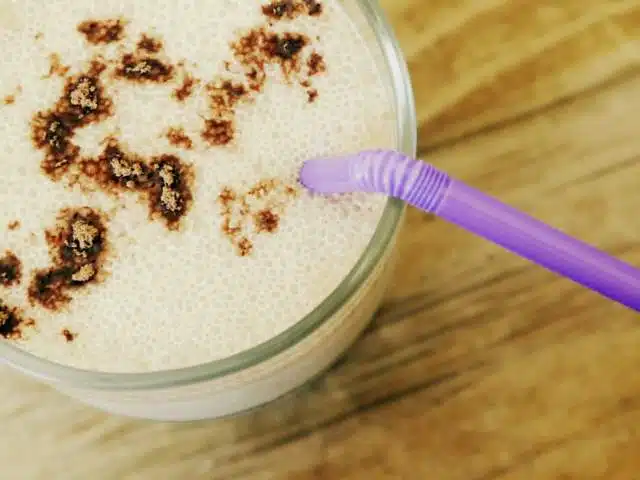Welcome to this edition of Paulina Cocina. This isn't about recipes, but about the need to eat better.
Today I want to share five tips for healthy eating, but not specifically about food. These are small things you can do without making major changes, and they go a long way toward developing healthier habits.
If you want to go even further with healthy eating, here's the link to one of my online courses! Challenge Course: 30 Days to Eat Better.
The course will allow you to go deeper and better understand that it's not about making a radical change in your life, but rather about gradually (or gradually, hehe) doing little things that can help.
Well, I'll tell you:
Healthy eating strategies that won't cost you ANYTHING:
1- Remove the salt shakers from the table.
It's very common and quite unhealthy to oversalt food. To avoid this, it's helpful to remove the salt shaker from easy reach—that is, to put it in an inconvenient location.
When I say awkward, I mean awkward for mealtime—that is, for removing it from the table. Instead, it can be in a convenient location for cooking (a container bolted to the wall or near the space you use for cooking) but requires a lot more movement when adding to the food once it's served.
2- Change the size of your plates.
It's been proven that using large plates and utensils results in serving, and therefore eating, more food. So, to eat a little better, or rather, to eat a little more carefully, it can be helpful to check the size of your plates.
Please note: The inside of a plate (the circle where the food sits, not including the edges) should measure about 15 or 16 cm. This is the case with older tableware.
If the plates you use every day are much larger than that, as is often the case with modern and trendy ones, maybe it's time to visit your grandmother's house and steal some of hers.
3- Turn off the TV.
And by TV, I mean any screen or device that distracts you while eating. This type of habit encourages you to eat without looking or being present in that beautiful moment of eating.
Which in turn causes you to not realize what you're eating or pay attention to the portions or to your own body when it tells you it's full.
4- Do not take the dish to the table
This is very useful for consciously deciding the portions you want to eat and measuring when serving. It's similar to using a salt shaker: If the bowl is close at hand, it's easier to quickly serve larger portions without worrying about how full you are.
On the other hand, if serving ourselves more portions requires getting up from the table and walking to the kitchen, before doing so we will have time to evaluate whether we really need it.
5- Put healthy foods at eye level.
When organizing your purchases, make sure that healthier foods, such as fruits and vegetables, or less processed foods, are clearly visible.
So, at that moment when hunger strikes, in the afternoon when you get home from work, when you open the refrigerator, the first thing that will meet your eyes is a beautiful tangerine, or apple, or carrot, with their beautiful and tempting colors, instead of something less healthy.
That's all, folks! I hope these healthy eating strategies help you. They worked really well for me.
If you like these more editorial notes and want to know a little more, check out this post about the importance of cooking with children .





